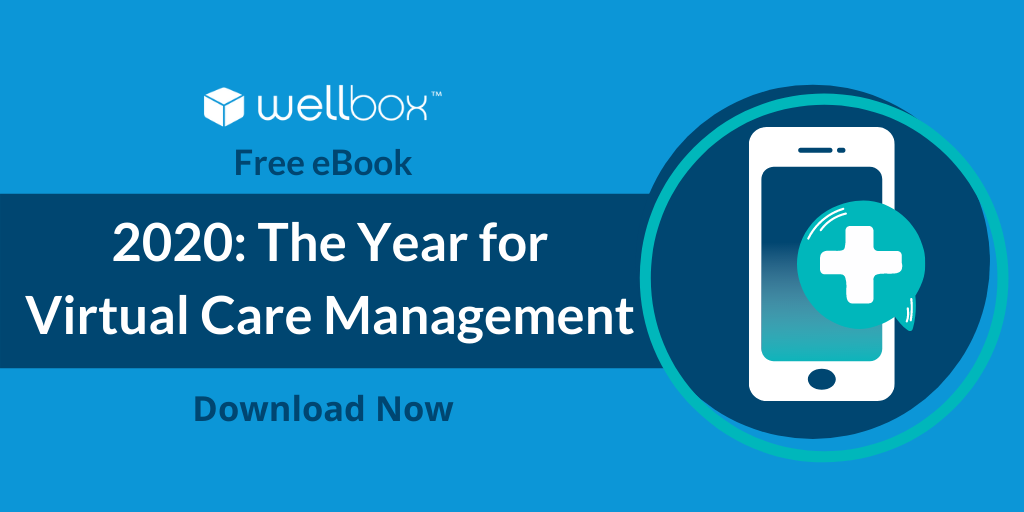

It is true: 2020 was a year unlike any other. This could not be truer for the healthcare industry.
With the onset of COVID-19, the demand for virtual care services quickly accelerated, especially as many providers found that the quick transition to adopt these solutions proved to benefit patients and practices alike.
Solutions such as chronic care management (CCM) and remote patient monitoring (RPM) offered providers the ability to deliver quality care without face-to-face interactions, allowing asymptomatic patients to stay safe at home while managing their conditions.
Although telehealth has been used in the healthcare industry for years, it was not until the pandemic and the efforts to minimize its spread did adoption surge.
In fact, “in the depths of the coronavirus shutdown, telehealth accounted for more than 40% of primary care visits for patients with traditional Medicare, up from a tiny 0.1% sliver before the public health emergency,” according to Modern Healthcare.
While the height of the pandemic has passed, many practices are continuing to implement virtual care solutions, especially since they have proven their value.
Virtual care technology saves time and money, lowers barriers to patient engagement, and reduces emergency department and urgent care center visits. It also allows patients to receive more one-on-one time with their healthcare team and providers to offer a higher quality of care.
Yet how exactly did the pandemic impact telehealth’s growth and allow 2020 to be the year for virtual care management?
Within the eBook, you’ll also discover:
© 2024 Wellbox Inc. All rights reserved | Privacy | Terms of Use